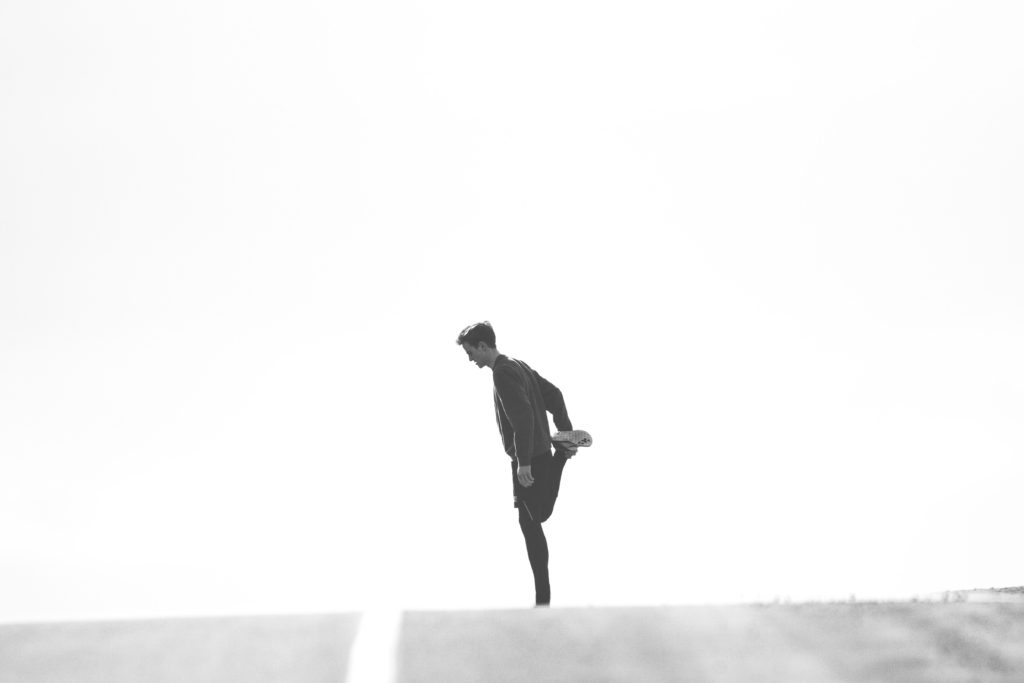Back in the day, we stretched before exercise. Then we found that stretching before exercise reduces performance and actually increases the risk of injury. But now, a comprehensive review of research concludes stretching isn’t that bad after all.
Are you pulling your hair out yet? Which is it? Stretch? Or don’t stretch?
Stretching: What the Research Says
A recent study analyzed more than 200 studies on stretching and its impact on exercise.
Their findings?
“Static stretching can briefly inhibit the ability to generate power.” Translation: If you do some static stretching, you might not jump as high or run as fast as if you hadn’t stretched at all.
But there’s a caveat.
Stretching: In Real Life
The study found performance reductions only if “each stretch was held for more than 60 seconds and the subject then immediately became fully active, with no further warm-up.” But rarely do we hold stretches for 60 seconds and do high-intensity workouts.
Most of us do short bouts of stretching, followed by a basic warm-up like jogging. In that case, the review found positive correlations. During a warm-up, people who did short stretches (holding for 30 seconds or less) for five minutes reduced the likelihood of straining or tearing a muscle.
So…Stretch or Don’t Stretch? It Depends
If you run or cycle, you don’t need to stretch. You are less likely a risk for acute muscle strains, said Dr. Malachy McHugh, the research director. Thus, stretching is unlikely to protect against injury. If you run or bike, warm up with slow jogging or light pedaling instead.
If you play basketball, soccer, or sports that involve leaping, sprinting, and more intense moves, you should stretch in advance.
Regardless of your activity, Dr. McHugh advises stretching after your workout.
Whatever stretches you employ, make sure to consult a trainer or specialist to employ proper technique and application for your activities.
Dr. Sonja Stilp delivers innovative, individualized physical medicine and rehabilitation services in non-surgical spine and sports medicine. Dr. Stilp uses yoga postures for stretching. One of her favorites is 1/2 pigeon pose. If you’re looking for ways to optimize your performance or simply a new stretching routine, schedule an appointment to meet with her.

